I’m one of those people who hardly ever watches television. Several years ago, however, I was flying home from somewhere and after the inflight movie ended, the airline showed an episode of a show called 30 Rock. Although I wasn’t initially familiar with the show, it turned out to be a comedy starring several Saturday Night Live alumni.
In this particular episode, Tina Fey’s character was dating a guy who was the only remaining pager salesman in New York City. Even though cellphones drove pagers to extinction, the show’s pager salesman kept saying that technology was cyclical, and that pagers were going to make a big comeback.
Like I said, the show was a comedy, and not meant to be taken seriously. Even so, I think there is an element of truth in the idea that technology is cyclical. Don’t get me wrong, I seriously doubt that we will ever see a resurgence of obsolete technologies such as black-and-white televisions, 8-track tapes, floppy disks, or CRT monitors; at least I hope not. Even so, there are some cyclical elements in the world of IT.
I have actually been thinking about the cyclical nature of technology ever since the days of Windows Server 2008. Back in the days of Windows NT, only the primary domain controller contained a writable “directory.” Other domain controllers were referred to as backup domain controllers.
When Microsoft introduced Active Directory in Windows 2000 (Windows NT didn’t have a true directory), they introduced a new architecture in which there was no primary domain controller (just a PDC emulator). As such, every domain controller was read/write. Just a few years later, Microsoft rolled out Windows Server 2008, which contained a brand new feature – read-only domain controllers, which you can see a reference to in the screen capture below.
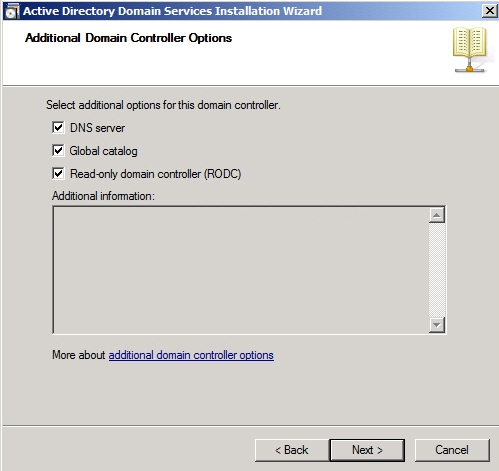
The return of read-only
OK, I’ll admit that the concept of a modern read-only domain controller is different from a Windows NT backup domain controller. Read-only domain controllers are optional, whereas Windows NT was capable of having only a single writable domain controller in each domain. In spite of these differences, the transition from backup domain controllers (which were read only) to writable domain controllers and back to read-only domain controllers clearly illustrates the idea that technology can by cyclical.
Believe it or not, this is not an isolated example. The world of IT is full of examples of cyclical technology. Take Exchange Server, for example. Exchange Server has existed in one form or another since the 1990s, but in Exchange Server 2003 Microsoft began to tinker around with the concept of server roles. Roles were defined somewhat informally in Exchange 2003, but servers could be configured as front-end servers or back-end servers. The idea was that front-end servers would provide connectivity to the outside world, shielding the back-end servers and their databases from the Internet.
In Exchange Server 2007, Microsoft vastly extended the concept of server roles. This version of Exchange had five very well-defined roles – Mailbox, Edge Transport, Hub Transport, Client Access, and Unified Messaging. The idea was that roles made Exchange server installations modular. This modular approach made Exchange more secure (by reducing a server’s code footprint) and more scalable. You can see the role selection screen in the next figure.
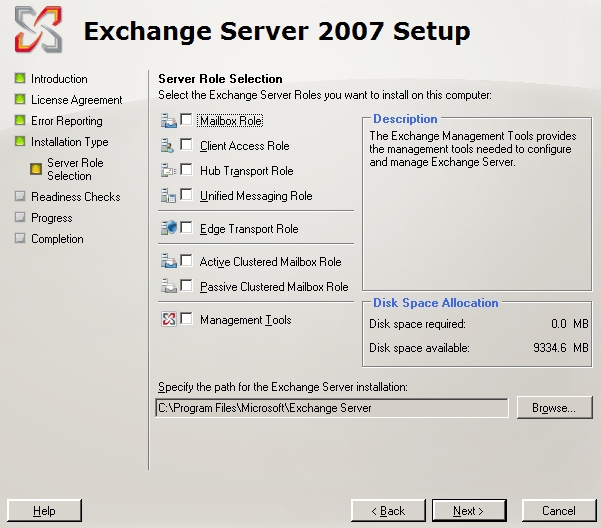
Fast forward a few years, where Microsoft made the decision to simplify Exchange Server. Exchange Server 2013 had only three roles – Client Access, Mailbox, and Edge Transport. In Exchange Server 2016, Microsoft reduced the number of Exchange Server roles to two, which you can see below. There is the mailbox server role and the edge transport role. The mailbox server role is architecturally similar to the old Exchange 2003 back-end server role. The edge transport role is a lot like the Exchange 2003 front-end server role. In the span of 13 years, Microsoft Exchange’s role architecture went through a complete cycle from two roles, to five roles, and back to two roles.
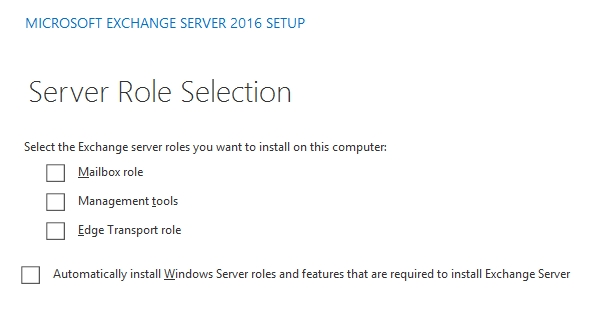
Interface gets a facelift
Even the way that IT pros manage servers seems to be cyclical, although it has been a much longer cycle. Let me explain.
I started my first job as a network administrator in 1992. Back then, I was working for a large insurance company managing a Novell Netware 2.15 network. Netware 2.x is so old that I couldn’t find any screen captures to link to, but this is what NetWare version 3.12 looks like:
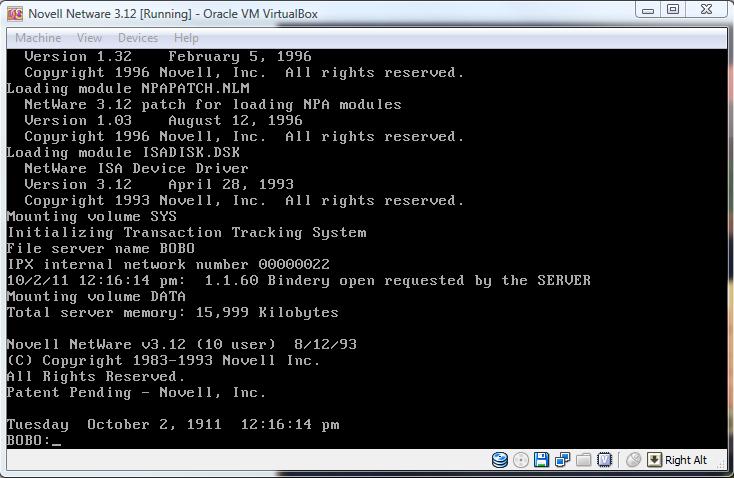
To say that the NetWare servers of the 1990s had primitive interfaces is something of an understatement. The server interface was command line only, and you couldn’t really perform any management tasks from the server console. The server console was intended for low-level tasks such as loading the network stack or provisioning storage. User administration had to be done from a workstation using specialized tools.
In 1995, the organization that I worked for decided to give Novell NetWare the boot, in favor of Microsoft’s new server operating system, Windows NT 3.51. As you would probably expect, Windows NT contained a full-blown GUI interface, and any required management tasks could be performed directly from the server console. In those days, the GUI represented the future of server management.
Over time though, the GUI kind of fell out of fashion. Starting with Windows Server 2008, Microsoft started encouraging its customers to manage Windows servers from the command line using PowerShell.
Today, there are two server platforms that remind me very much of the old NetWare server console. First, there is Nano Server, which you can see below. Nano Server is a type of Windows Server 2016 deployment with a very minimal footprint. The Nano Server console consists of a crude text interface that Microsoft refers to as the Recovery Console. You can use it to change the server’s IP address, but that’s about it. All other administration must be done remotely. The Nano Server recovery console reminds me a lot of the old versions of NetWare.
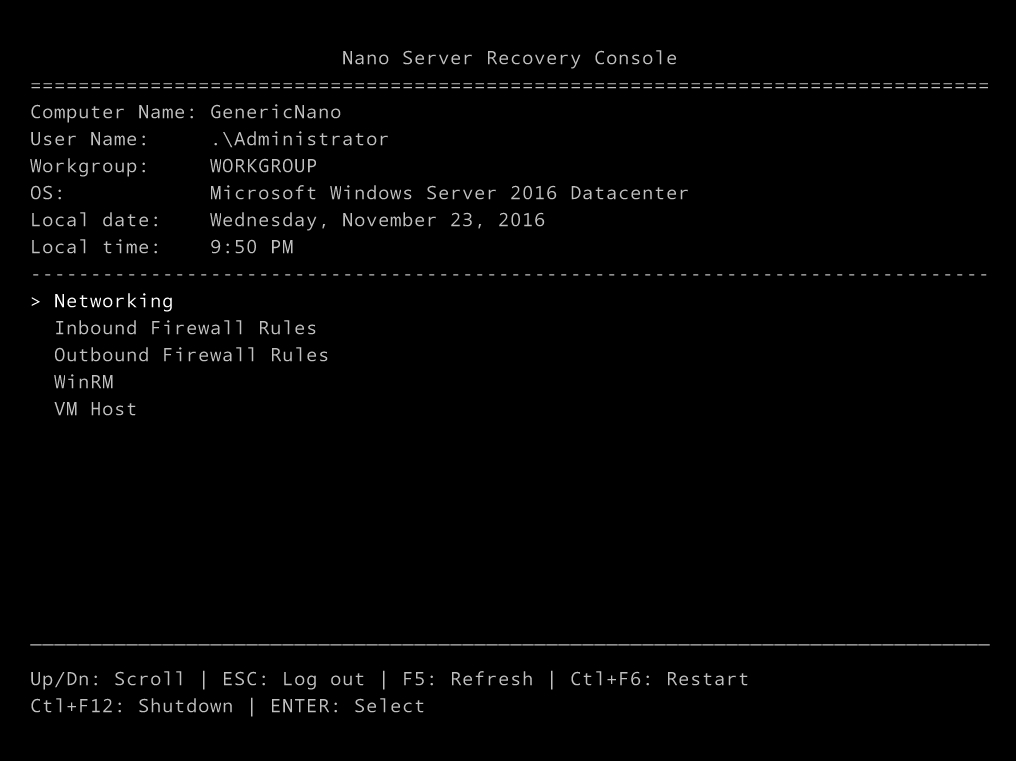
VMware ESXi also reminds me a lot of the old-school NetWare servers. Like Nano Server, the VMware server console display is extremely minimal. Almost all of the VMware server administration is performed through a Web interface.
Dumb terminals, virtually speaking
One last example of the cyclical nature of IT has to do with the PC itself. Before the PC went mainstream, corporate IT was based around the use of mainframe computers. Mainframes were powerful centralized computers.
Users connected to mainframes through dumb terminals, which were basically terminal devices with no computing power of their own. The dumb terminals would send keyboard input to the mainframe for processing. The mainframe would then transmit a screen refresh to the dumb terminal.
Eventually, dumb terminals largely gave way to PCs, each of which had its own processing power. PCs were the dominant computing device in the corporate world for the better part of 30 years.
Today, however, many industry analysts describe this period of time as the post-PC era. A big part of the transition away from PCs can be attributed to the rampant adoption of mobile devices, but PCs are also giving way to virtual desktops in many organizations.
Virtual desktops are desktop operating systems running on top of a hypervisor. The user connects to a virtual desktop by using a thin client device. The user’s device sends keyboard and mouse input to the virtual desktop, but it is actually the host server that does all of the processing. In many ways, this architecture is substantially similar to the mainframe/dumb terminal architecture from so long ago.
Back where we started
Although technology is always advancing, the world of IT has become surprisingly cyclical. I’ve shown you several examples of IT products that have evolved considerably, only to revert to their earlier architecture. Believe me when I say that I can think of many more areas in which IT has become cyclical.
Other forms of technology aren’t quite as cyclical, but there is at least some evidence that cyclical patterns may exist. Take consumer electronics, for example. The industry seems to have a certain love for nostalgia. Today we have video games that mimic the old Atari systems, and vinyl records have made a huge comeback over the last few years. Even so, I don’t think that I will be purchasing a Betamax video player any time soon.
Photo credit: Wikimedia




Interesting topic, Brien. I wouldn’t quite mind a comeback of the Floppy Disks. Using it was cool while it lasted. And durable too. What killed it was the abysmally low storage capacity. Blame the high-resolution everything for that.
The 3.5 inch floppy seemed to work really well in its day, but the 5.25 inch floppy seemed somewhat delicate. Maybe it was the drive that I was using, but I used to have a lot of I/O errors and data corruption errors on the 5.25 inch floppies.
I hadn’t really thought about it until now, but maybe floppies are another example of cyclical technologies. First there were floppies, then there were Zip disks, and now we have USB flash drives. All three are portable, removable, read / write media.